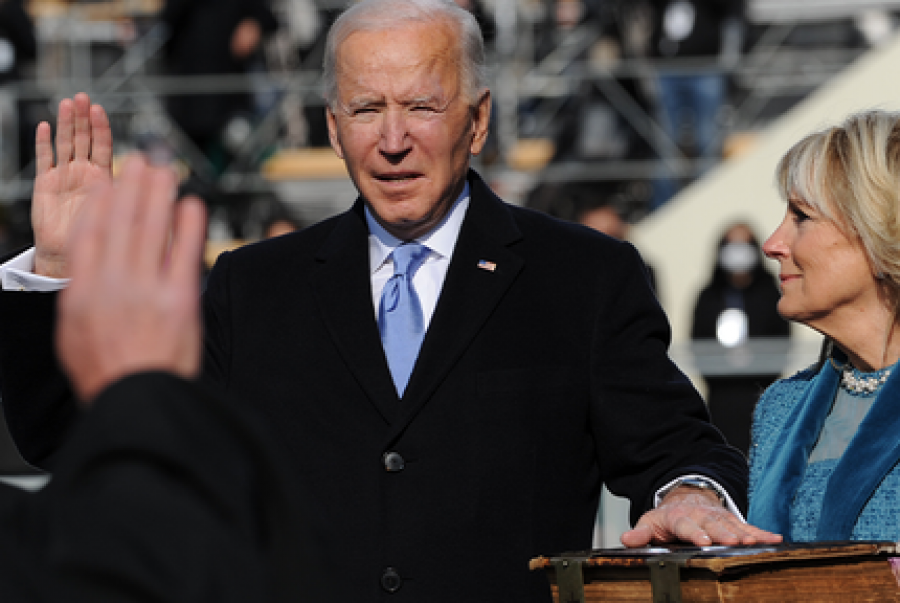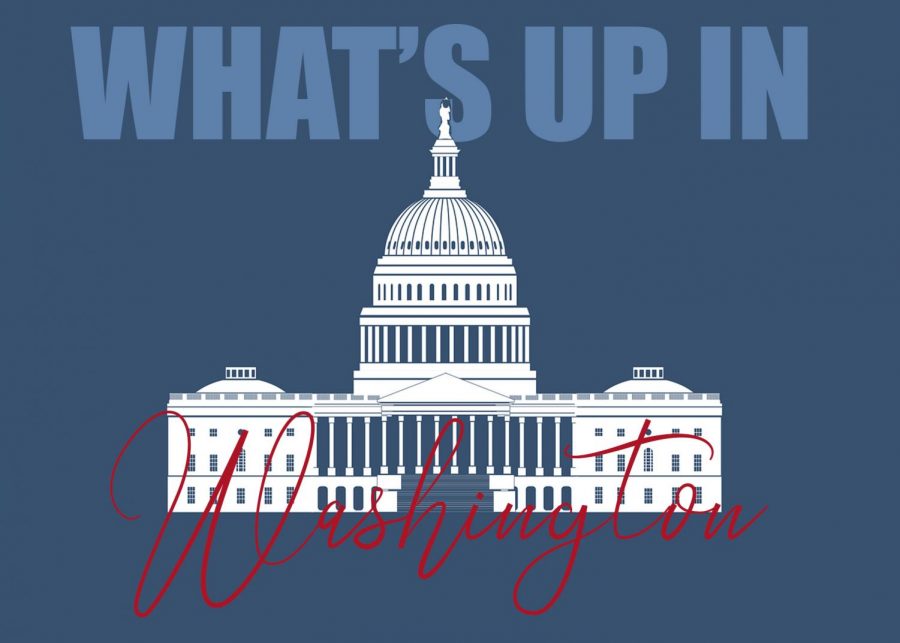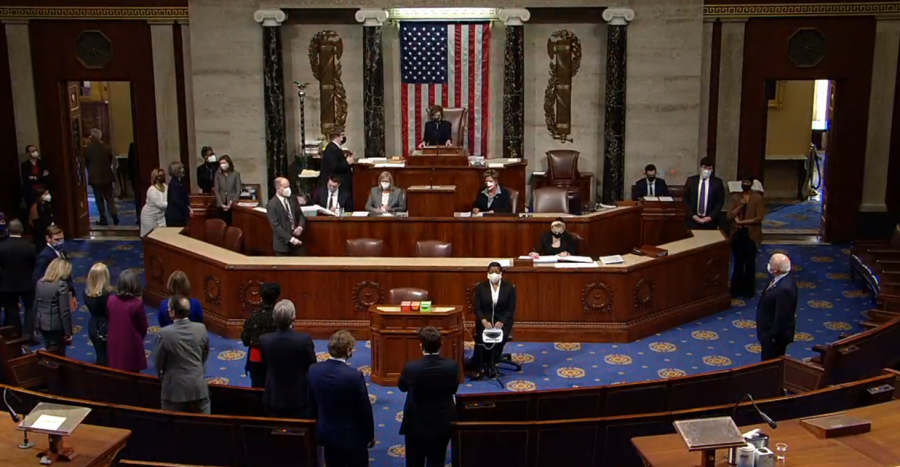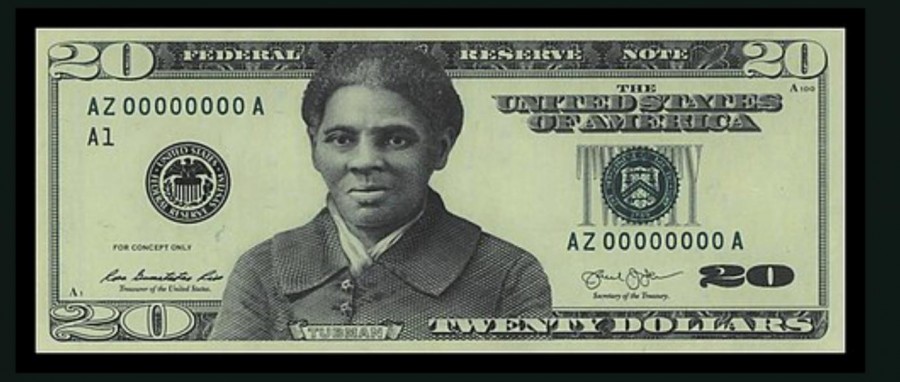Your donation will support the student journalists of Pleasant Valley High School in Bettendorf, Iowa. Your contribution will allow us to purchase needed equipment and cover our annual website hosting costs.
What’s up in Washington?
February 9, 2021
With the inauguration of Joe Biden, the new initiatives he plans to take, the impeachment of Donald Trump and the division in D.C., there are a myriad of events taking place in D.C. right now.
Impeachment, inauguration and initiative. Over the past few weeks, Washington, D.C. has been the focus of countless political events, many of which are history-making. The Spartan Shield is here to keep you updated on “What’s up in Washington.”
United or divided: Fighting for the future of the Republican Party
The House of Representatives votes in favor of impeaching former President Donald J. Trump for the second time on Jan. 13, 2021. Questions and concerns over the future of the Republican Party have risen after the division following the impeachment and Trump’s actions throughout his presidency.
In the world of politics within the past few weeks, the word “unity” has generated substantial buzz as politicians strive to bring the country together again following the controversial presidency of Donald J. Trump. However, recently among members of the Republican Party, very little unity is to be found.
While the media and President Joe Biden focus on his first 100 days in office, Congress has maintained its concentration on Trump’s second impeachment — an event that caused a schism among the members of the Republican Party when 10 members of the party crossed party lines to vote in favor of impeaching Trump in the House of Representatives on Jan. 13.
Although it is not uncommon for members of Congress to vote in favor of impeaching candidates of their own party, proven when members of the Democratic Party did so in former president Bill Clinton’s 1998 impeachment, more than twice the number of representatives voted to impeach Trump and faced heavy criticism and backlash from within the party. The condemnations and disconnect between party members have left citizens wondering what the future holds for the Republican Party.
Sara Russell, who teaches government at PV, attributes this backlash and divide to the different directions that members of the Republican Party wish to take it in the future. “I think we are still seeing the effects of the Trump presidency on the Republican Party, with some moving forward and others still showing their allegiance to the former president,” she shared.
The great chasm between members — with some pushing to reorient post-Trump and others continuing pro-Trump politics — of the party to determine what truly represents the “heart and soul” of the party in the coming years poses another internal dilemma: who will hold the power?
Based on the two party political system within America, many are skeptical of the party splitting into factions, as it would substantially diminish their federal power and momentum. “If the Republican Party was to split into factions, they would be creating at least two minor parties,” explained Russell. “While those candidates could gain support in local, state, and congressional elections, it is unlikely they could win the presidency against a united Democratic Party.”
However, Republicans in the House of Representatives have not been able to effectively align themselves with one future or another.
On Feb. 3, the House of Representatives voted to keep Representative Liz Cheney, the third most powerful Republican in the House, in her leadership position after other House Republicans attempted to oust her following her voting to impeach Trump. At the same time, only 11 members of the party voted to strip Representative Marjorie Greene Taylor, who has faced public outrage due to her racist and extremist views, of her committee assignments.
These two women are representative of the two directions the Republican Party is likely to head in, although neither vision is able to garner the support of the majority, which only adds to the conflict, something that junior Will Fairman thinks is damaging to the party.
“The unusual amount of division and, for lack of a better term, infighting offers practically no benefits for the republicans,” he said. “It also gives them a bad look. Who wants to vote for a party that can’t deal with its problems swiftly or come to general agreements on big issues?”
Fairman also believes that the idea of unity is important for the Republican Party to avoid alienating voters. “If the tensions among the party continue, so will the concerns of voters. To show they can solve the problems of the nation, they need to first display they can solve their own,” he shared.
Whether the Republican Party decides to reorient and refresh post-Trump, or continue to follow his ideology and agenda is unknown at this time, however, the contrasting visions for the future of the party remain clear, with both sides continuing to fight for the future.
A new look at leadership: Biden’s first 100 days

Joe Biden being sworn in as President of the United States during his inauguration on Jan. 20. Beginning arguably the most important part of his presidency, the first 100.
Joe Biden was sworn in as the 46th President of the United States on Jan. 20, beginning the first 100 days of his presidency with eyes from both sides of the political spectrum on him and many promises made to the American public.
Biden hit the ground running on his first day in office, signing many executive orders in hopes to push through a significant number of agendas he came into office with. Many of these agendas regarded the ongoing COVID-19 pandemic, which he addressed by launching a “100 Days Masking Challenge”, requiring masks and physical distancing in all federal buildings, on all federal lands, and by federal employees and contractors, and re-entering the World Health Organization (WHO).
The first 100 days of Biden’s presidency fell under unusual circumstances, considering the polarizing previous administration, the questions still surrounding the election and the global pandemic. These factors led him to use a different method of addressing his ideas than his predecessors.
His unconventional approach started immediately upon his arrival in office, Biden has signed more executive orders in the first two weeks than Barack Obama and Donald Trump combined. He is most similarly following in the footsteps of Franklin D. Roosevelt (FDR), the only president who used executive orders more in the first two weeks than Biden.
Trever Zahn, a government teacher at PV, balances both common viewpoints in the current political climate when describing Biden’s use of executive orders. “The situation that Biden finds himself in is certainly a unique one in which any choice is going to find it’s fair share of critics,” he explained. “Some might argue that an aggressive approach is exactly what we need to address the concerns of the pandemic and respond to the needs of the people while others would say that we have an established legislative process for a reason.”
Throughout Biden’s work in Congress, many of his peers and his constituents viewed him to be a moderate Democrat. Many believe his reputation remained unfaltered as he pursued the presidency. The central promise throughout Biden’s campaign and the early stages of his presidency has been to be a president for all Americans.
However, some of the ideas he has introduced recently have seemed to be more progressive in some people’s minds. Senior Courtney Mohr, who actively engages in politics, has been surprised by some of the initiatives Biden has taken. “With his legislation to end private for-profit prisons. I was very surprised and very pleased to see that he is taking action and really showing that he wants to see progress and help every American citizen,” she described.
The legislation Mohr referenced is an executive order with the goal of reforming the current incarceration system in order to eliminate the use of private prisons. This came as a surprise to many based off of Biden’s campaign, and some, like Mohr, have taken this as proof that Biden will follow a more liberal path in the future.
Another aspect of Biden’s administration that is believed to benefit him is the “friendly” relationship he has with Congress, as both chambers are Democratically controlled. Zahn believes that this can give Biden a leg up in passing certain aspects of his agenda. “It certainly seems more likely that having the party support of both houses would allow for policy to be enacted that would encourage a President to go after the promises that they made in their campaigns,” he said.
Looking to the future, Biden hopes to make due on his many campaign promises. While it is unknown what he will continue to achieve throughout the remainder of his presidency, he has already executed many of his campaign points within his first few weeks.
Two sides of history: Representation through the $20 Bill
Prototype of Harriet Tubman on the $20 bill. The US Department of the Treasury is currently planning a design for the front of the bill. Former Treasury secretary, Steve Mnuchin set the release date for 2028, but since then, President Biden has urged for the design to be released sooner.
Controversy has surrounded the $20 bill for years, with many people arguing that former president Andrew Jackson, the current face of the bill, should be replaced with someone more representative of American history: Harriet Tubman.
This initiative was first introduced by former president Barack Obama in 2015 with hopes that the new bill would be unveiled in 2020, to coincide with the 100th anniversary of the 19th Amendment, which gave women the right to vote. The redesign came after many citizens questioned whether Jackson should grace the bill considering his harsh treatment of Native Americans and other wrongdoings.
However, in 2019, former Secretary of Treasury Steve Mnunchin announced that the redesign of the bill would be delayed until 2028 due to concerns around imitation fraud. On Jan. 25, Jen Psaki, President Biden’s press secretary, announced the reintroduction of these efforts to feature Tubman on the bill.
Psaki shared how the Biden administration aims to be more inclusive and united as a nation, and how the design of the bill can reflect that. “It is important that our …. money reflect[s] the history and diversity of our country and Harriet Tubman’s image gracing the new $20 note would certainly reflect that,” she said. “We are exploring ways to speed up that effort.”
Senior Amber Matthews reflects over the efforts of placing a Black woman on the bill. “I am forever saddened by the things she’s been through and how we are just recognizing her accomplishments. But the efforts to put her on the bill now, will ensure that her efforts will not be forgotten in the future,” she said.
Many call to honor Tubman’s historical significance before and throughout the Civil War in her fight to free enslaved people, as opposed to shedding light on Jackson’s mistreatment of Native and Black Americans by having him on the front of the bill.
Junior Will Fairman does not believe that the $20 bill should reflect Jackson and his actions. “Andrew Jackson was not an ethical president. He displaced and caused the destruction of many Native Americans,” he commented.
Matthews thought similarly. “Andrew Jackson’s principles do not exactly match up with what some people stand for today in America,” she shared.
The US Department of the Treasury currently continues planning the design of the new $20 bill with Tubman on the front. It is still unclear whether Jackson will remain on the back of the bill.



Maleigha McCulley • Feb 10, 2021 at 6:45 pm
Ingrid, I love how you incorporated the quote from Mrs. Russell when talking about the division
Reese Lienemann • Feb 10, 2021 at 11:14 am
Lauren I really liked how you showed both sides when talking about Biden as well as bringing up key components in the article.